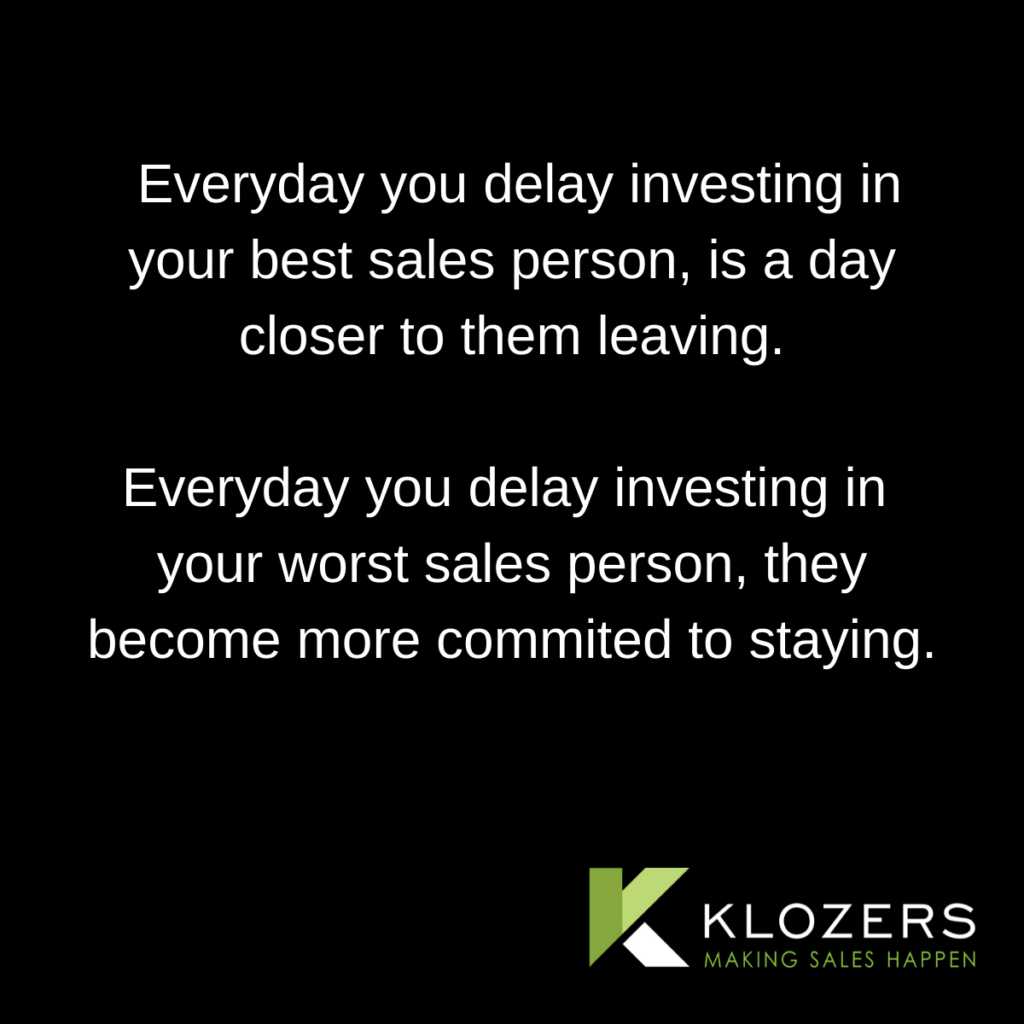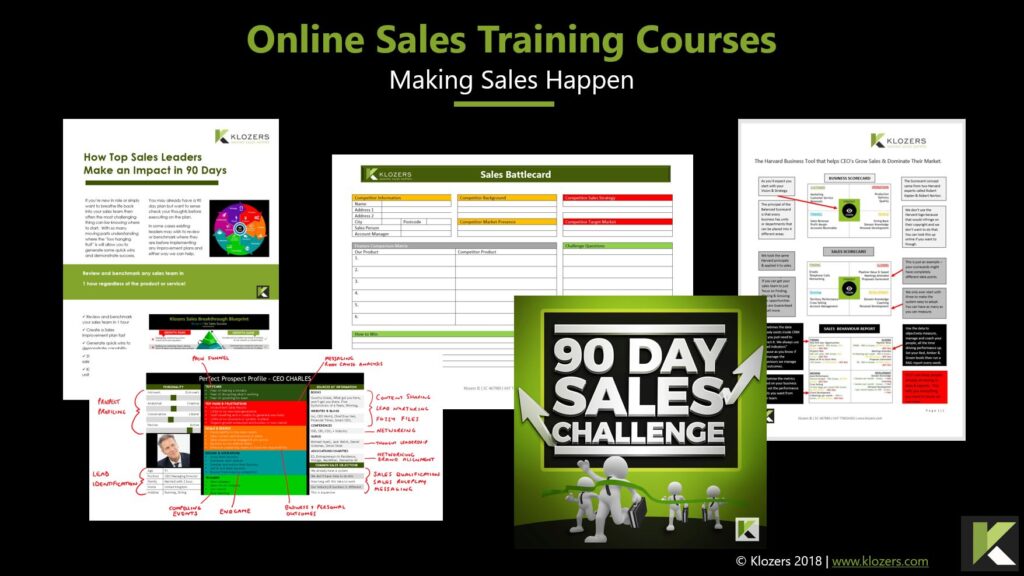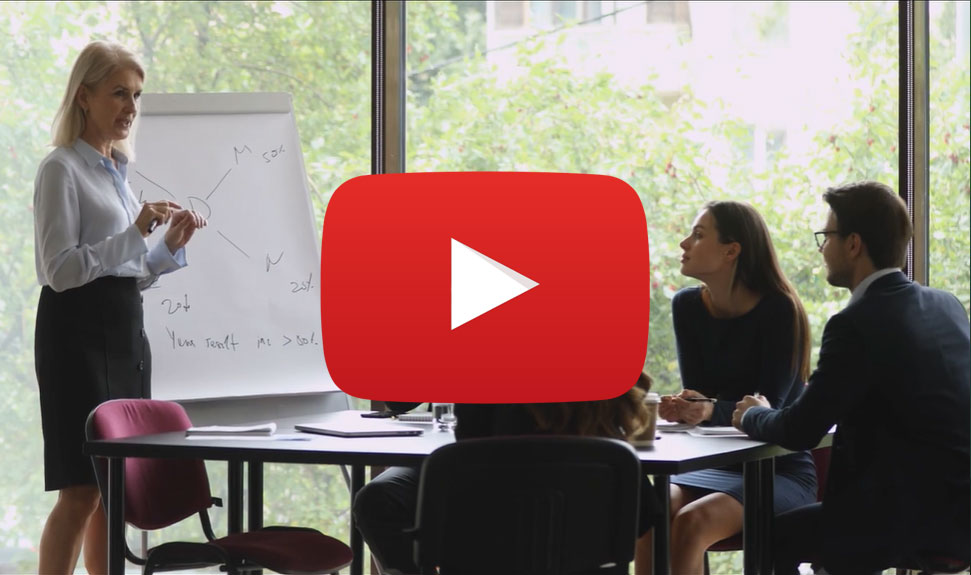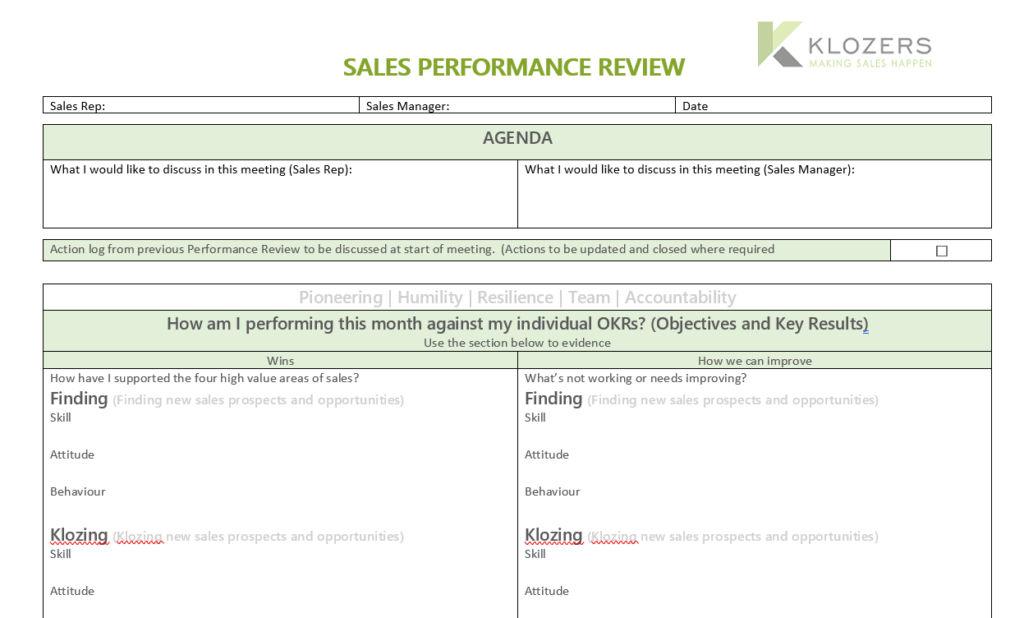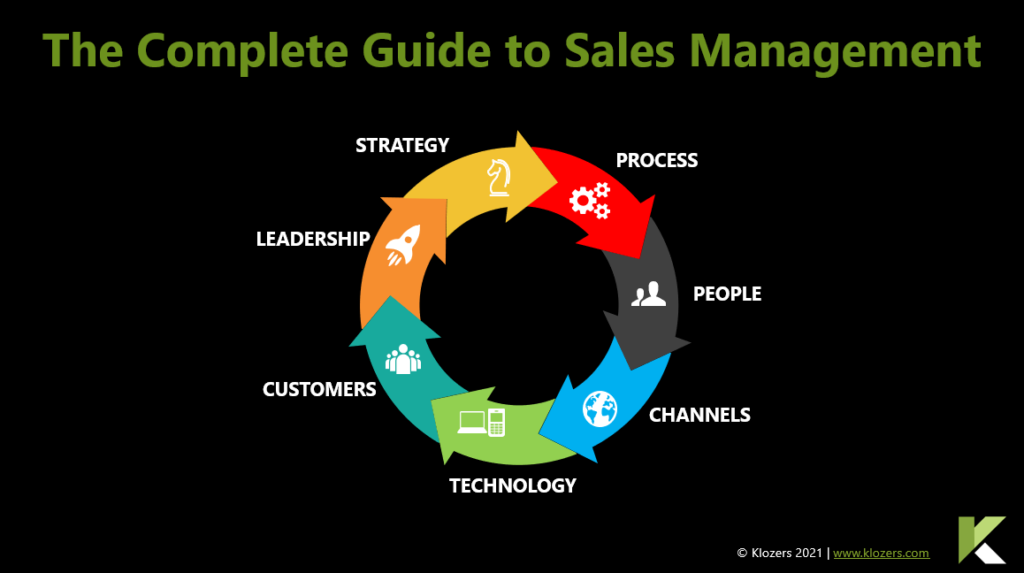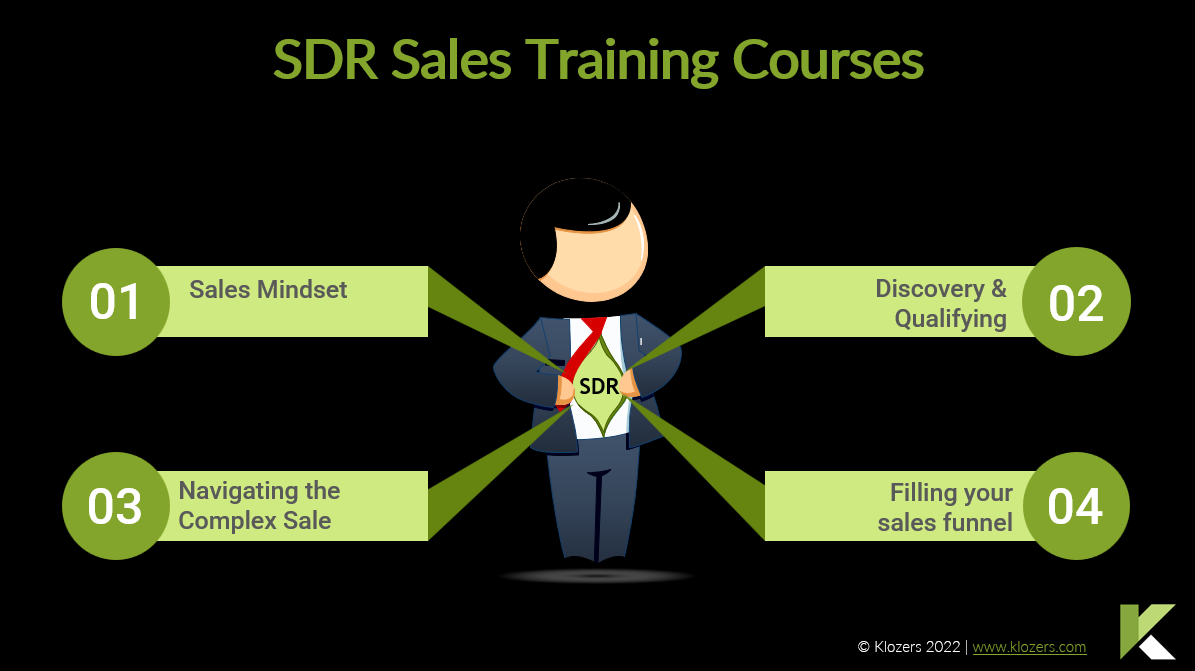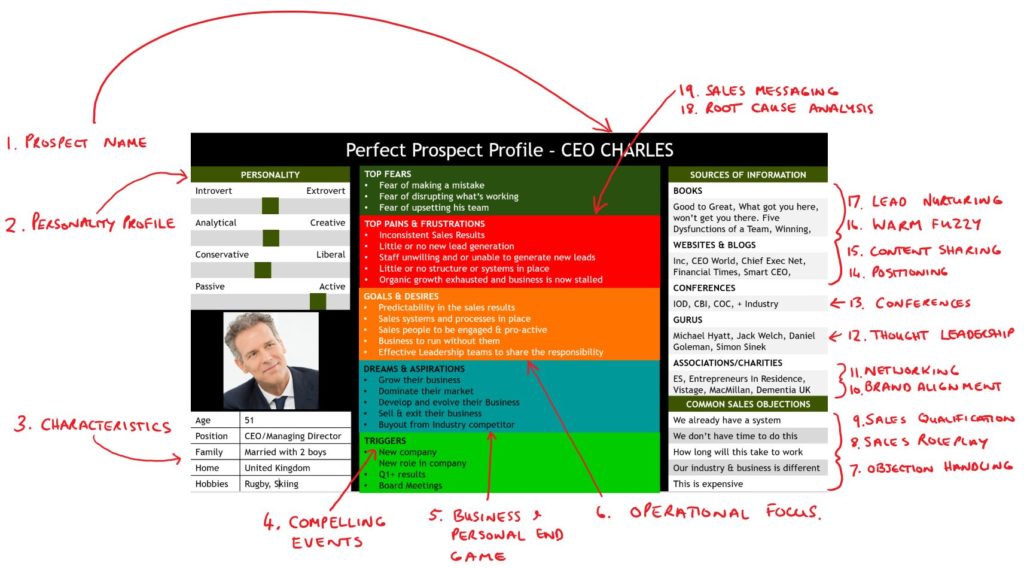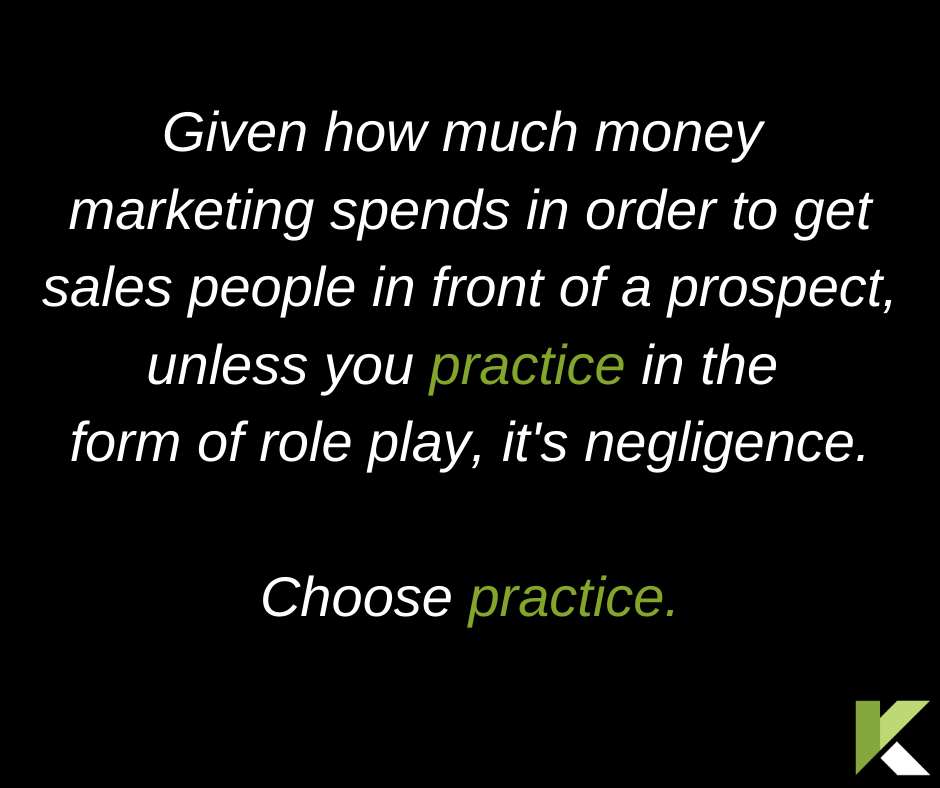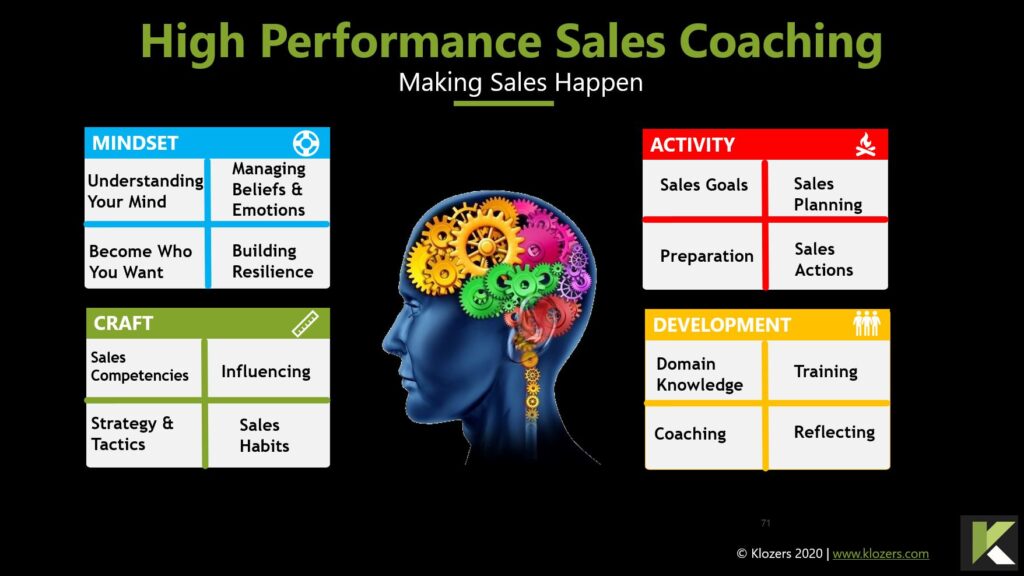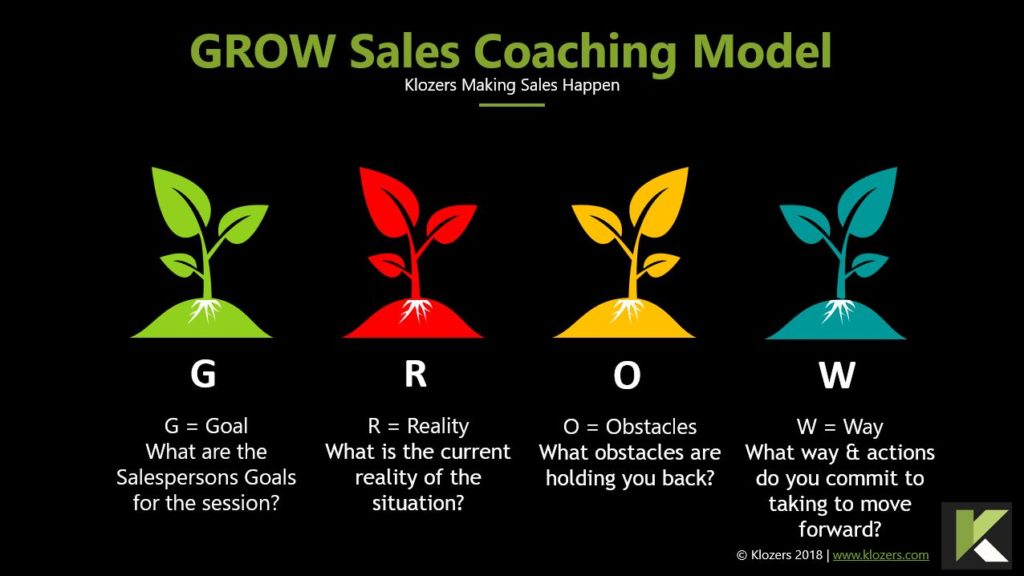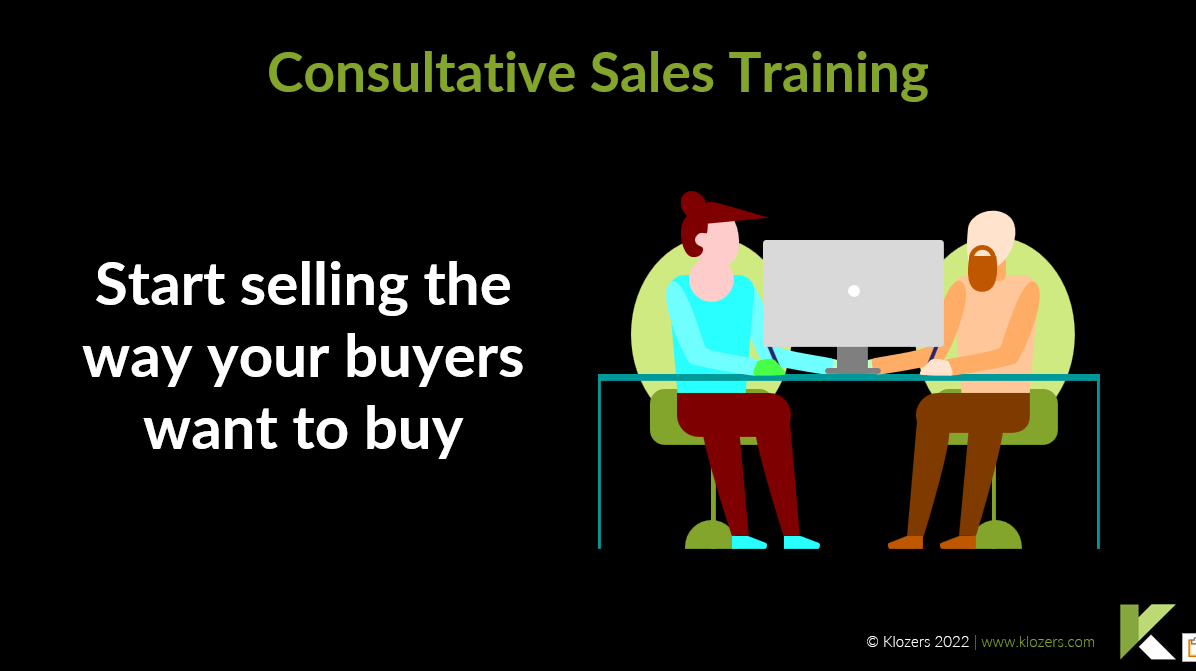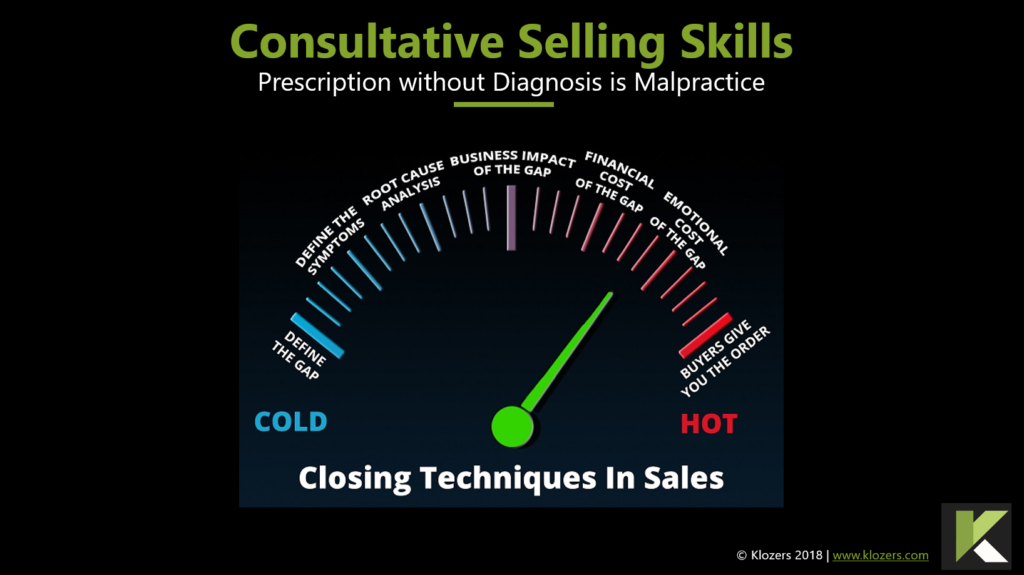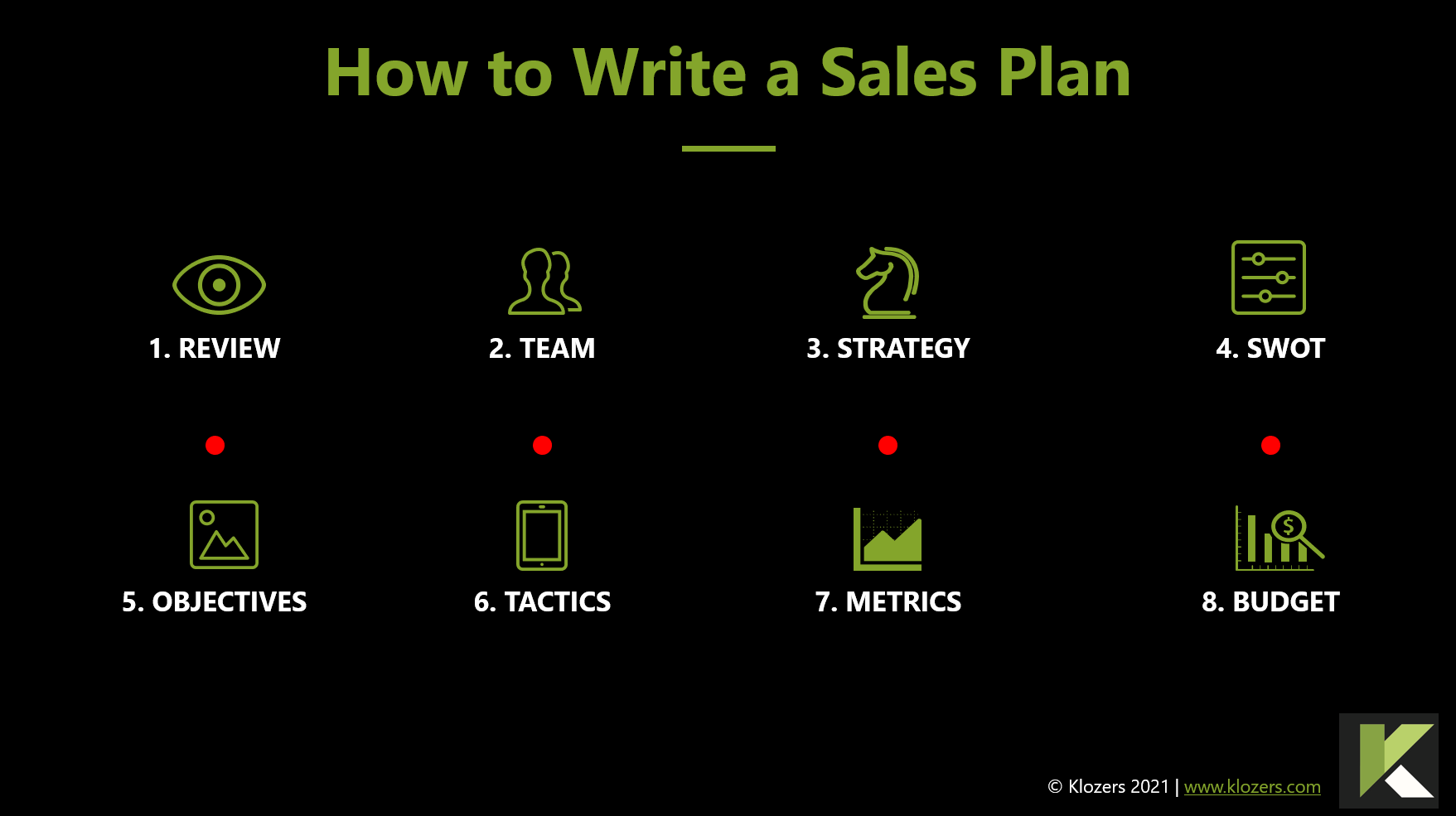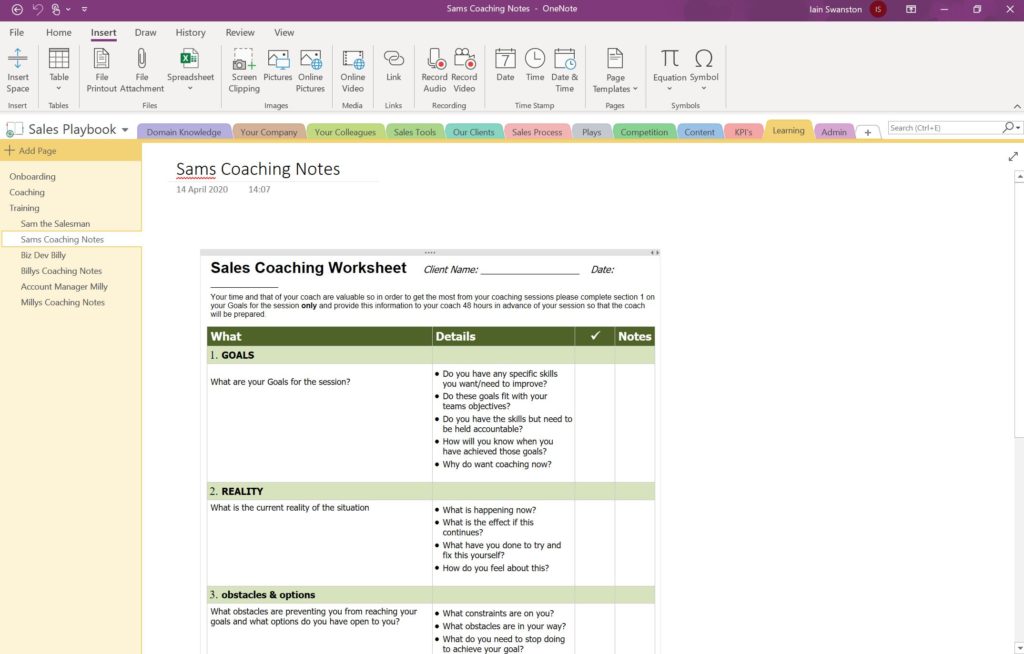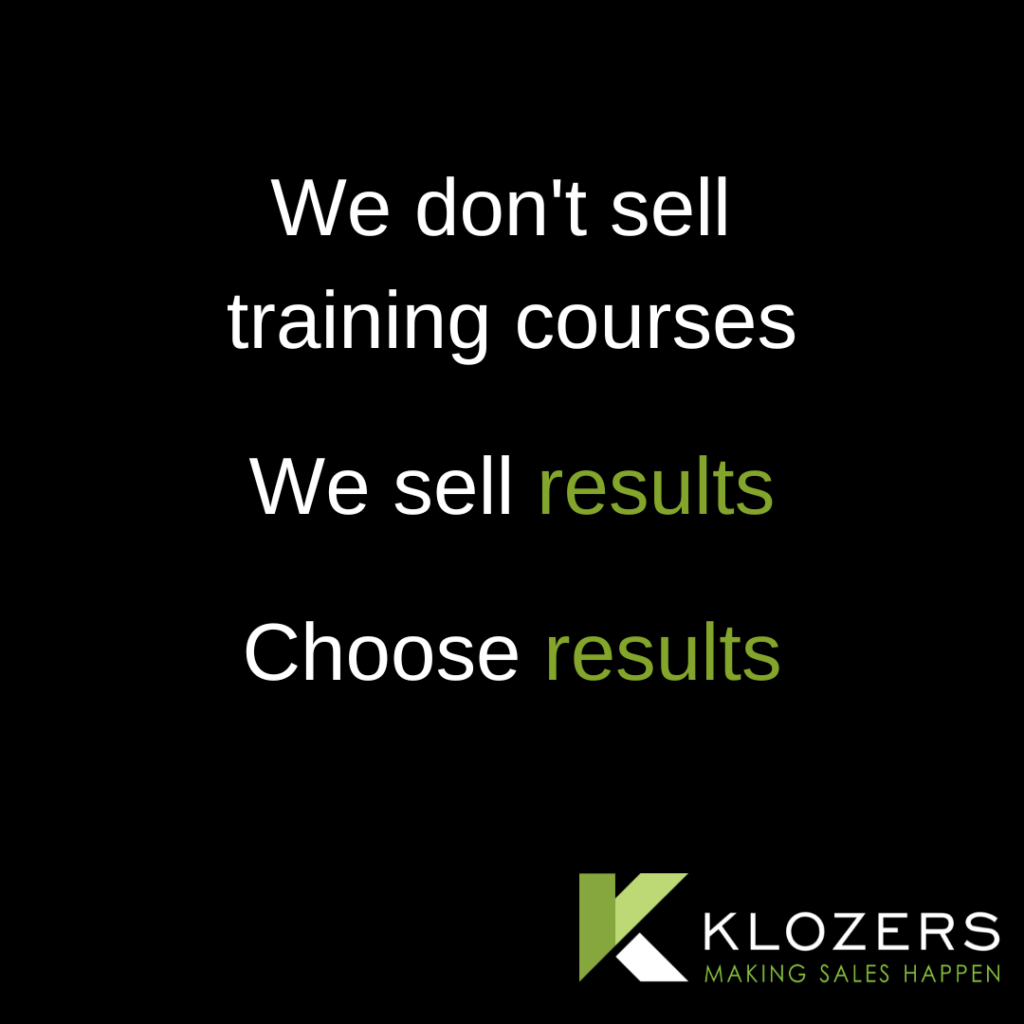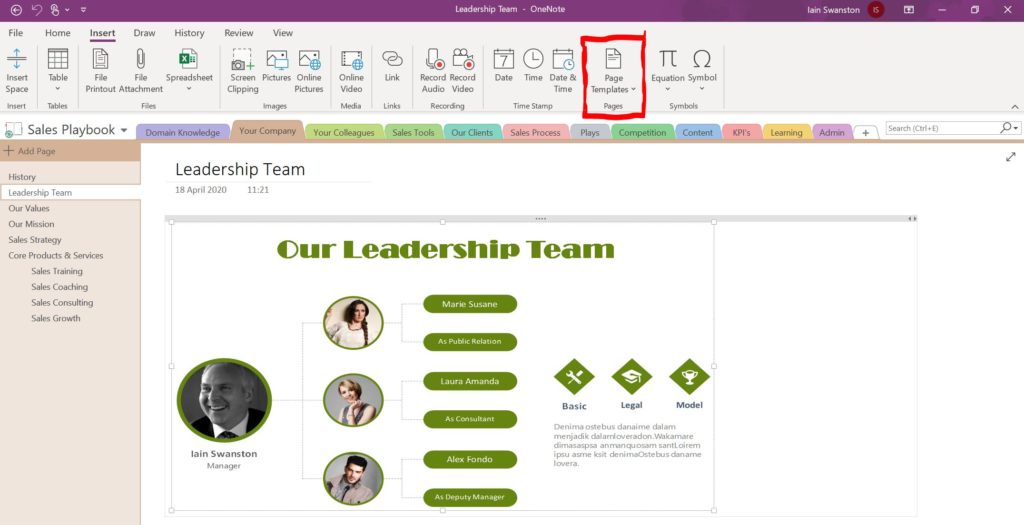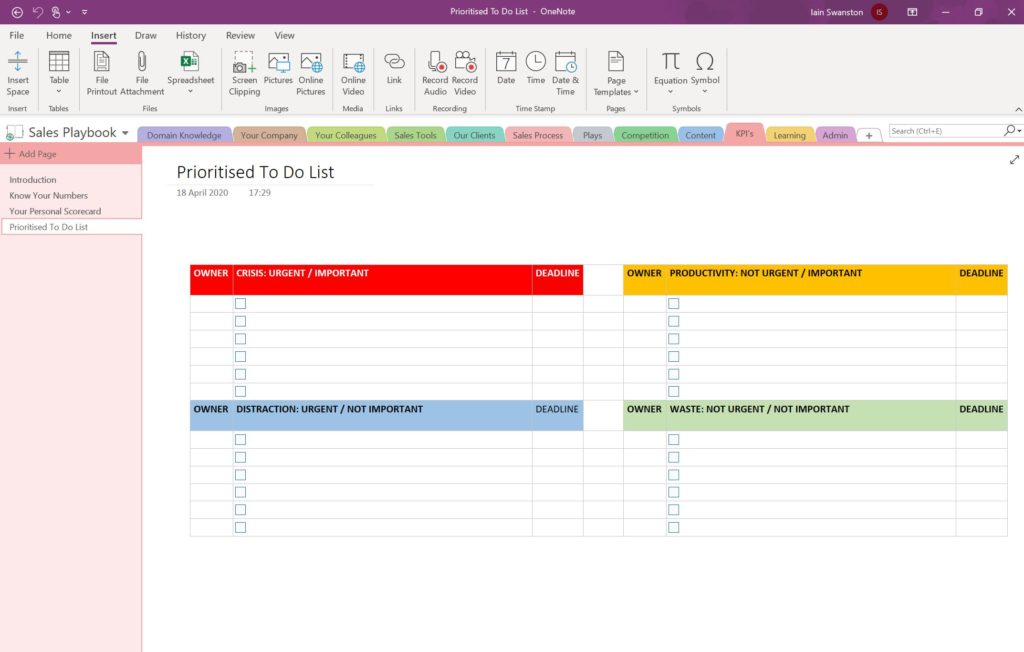Cold Calling Training | Skills + Practice = Success
In this article we will cover...
Cold Calling Training – Top question from Google
How do you Train for cold calling?
HERE’S THE SHORT ANSWER:
- Thoroughly research your target audience and what’s important to them
- Ensure you know exactly how your product or service impacts your customer and the value it delivers
- Plan your day and make sure you have prepared your call lists in advance
- Use a CRM or other tool to track every call you make
- Use email and social media in combination to increase your success
- Slow down – build rapport first and add value before you ask for anything
- Embrace the NO’s, don’t take it personally and understand, success is following your process consistently
- If you are not getting more No’s than Yeses then you are not talking to enough people
- Test everything and keep testing everything, so you can learn and improve
Some sales people dread the thought of cold calling, and many customers hate receiving endless cold calls from various companies trying to sell them products or services that they don’t want.
In this changing world, many of us don’t even make a phone call in our personal lives, as we swap traditional phone calls for instant messaging and social media.
However, cold calling is a tried and tested sales channel which has been used for decades to secure new customers, and can still play an important part in your outbound sales strategy.
Whilst cold calling might not seem to be the in thing, most companies still have some form of cold calling operations. In fact, cold calling is considered to be the most used sales technique in the world.
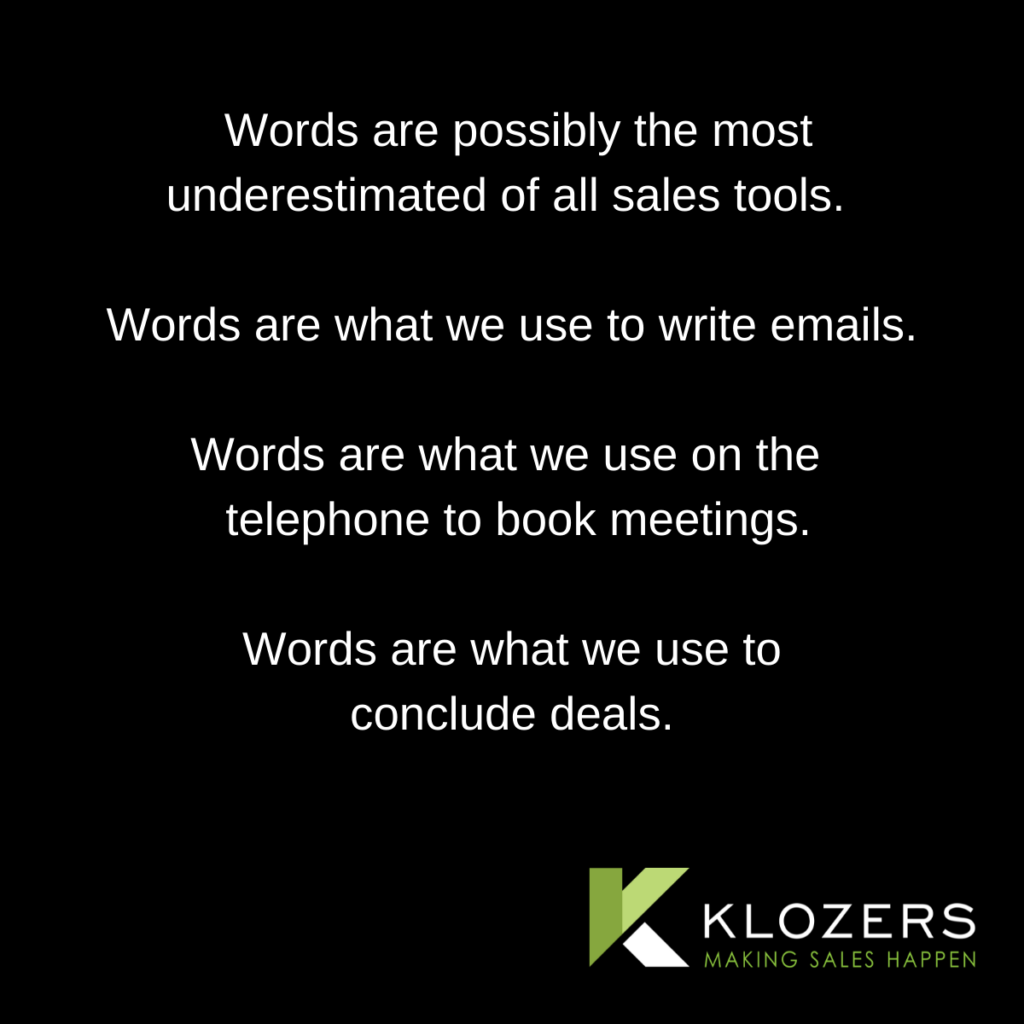
1. Cold calling is dead, long live cold calling
The way in which modern buyers operate has changed. Many buyers are more savvy now, and don’t like to be sold to, but they do like to buy.
With this in mind, you might think that cold calling has had its day, and should be consigned to the bin. Whilst the world has moved on, cold calling can still be a really effective sales tool.
Salespeople do however need to adapt their practices to suit the modern buyer. Gone are the days of aimlessly working through a spreadsheet, today’s cold callers need to work in a much more targeted and smarter way.
If you’re considering using cold calling as a route to market it’s important your sales reps are properly trained and not simply “winging” it on every call. Our telephone cold calling course will help your sales reps develop a positive attitude, refine your cold calling process, improve their objection handling skills and sales techniques.
2. What is the definition of a cold call?
A cold call is simply when you telephone a stranger who is not expecting your call. At some stage it is highly likely that we have either cold called someone, or been cold called ourselves, either in a work capacity or in our personal lives.
If you have met the potential customer previously at a trade show or had some previous communication with them, then that is not a cold call.
Similarly, if you have corresponded with the prospective buyer before, maybe sent them some promotional material either via email or LinkedIn, this is not a cold call.
The latter examples are called “Warm Calling”, which typically has a much higher success rate, but as you would expect, lead in times and costs are more expensive for warm calling.
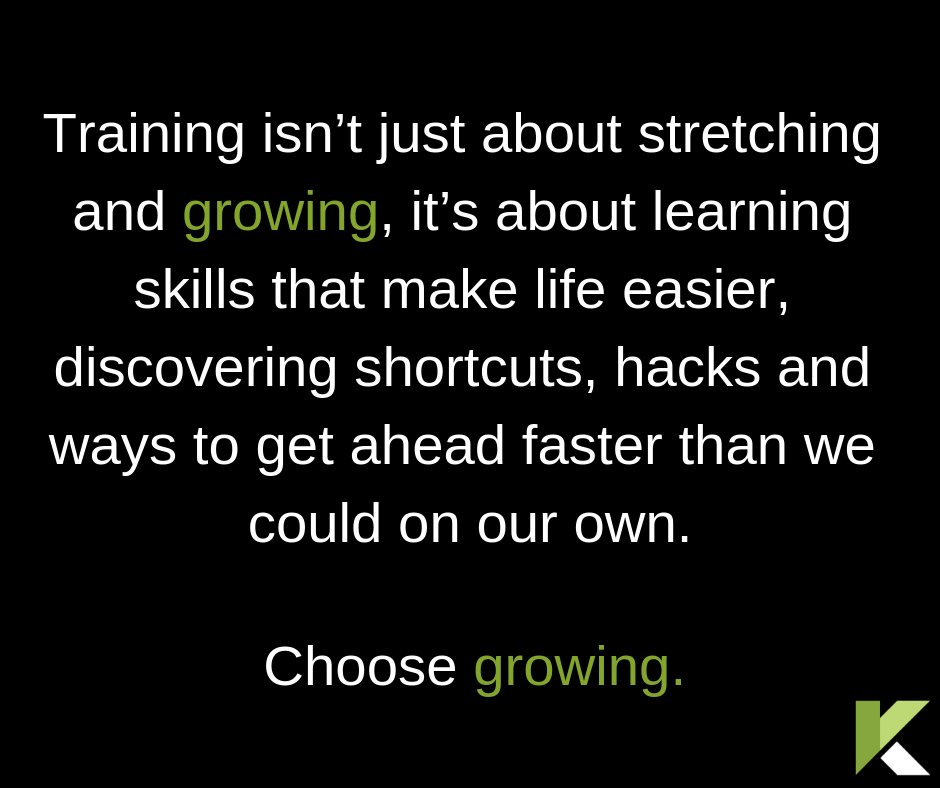
3. Cold Calling Training
Many sales people do not get sufficient cold calling training, either in terms of quantity or quality. This may be because companies they are reluctant to invest in their teams and assume that in cold calling the volume of calls is king.
However, this approach is counterproductive to creating and maintaning a good brand, securing new customers and increasing profits and revenue for your company.
One bad cold call could have ramifications for your business, as it could give a negative impression of your business and destroy your brand reputation.
Not only can this mean that the person being cold called will be very unlikely to order from your company, but they may tell their colleagues and business network of their poor experience, starting a chain of dissatisfaction. If this happens time and time again, it could become a major problem for your business.
Cold calling is a difficult job, there is no getting away from that. As you are jumping into the unknown you have no idea as to who is on the other side, they could be aggressive towards you, or just look to play with you and waste your time.
However, all of that anguish can be overcome by the feeling of success in pulling off a sale or booking a meeting, where originally there may have been little chance of success.
Like most things in life, you get out of cold calling what you put in. If you are willing to learn, and put in the hard graft of calling a seemingly endless array of people, you will get some success.
Making cold calls and repeating the cold calling process will help cement those practices into your sales pitch, but it may take thousands of calls for you to perfect it.
Unfortunately, somewhere along those thousands of calls, you are likely to encounter a troublesome customer and a lot of rejection. It is important that you don’t let this put you off.
Klozers offer specialist cold calling training courses, which can be a useful investment if your cold calling isn’t getting the right results, or you want to try to source new customers via cold calling techniques.
There are also a whole host of videos and books on sales training (and specifically telephone sales), which can give great tips and insights. However, for many, this is only a substitute for good sales training and experience.
Our cold calling training is popular with both new sales reps, and existing people who want to improve their cold calling techniques.
4. Marketing vs Telesales
Unsurprisingly, almost all marketing executives will tell you that telephone prospecting is a waste of time, and companies should focus their attention on marketing – resulting in greater budgets for their teams.
Marketing is hugely important, however, it is reactive and not pro-active, and that might not work for you.
As an example, if you have a proven niche software solution and are selling into a vertical such as Hotel Chains within the Hospitality sector, would you wait on all the Hotels seeing your marketing material and then contacting you, or simply get your business development team to contact them directly?
Yes, in an ideal world they will be familiar with your brand before the sales reps contact them, but the point is you would never advocate sitting around waiting on them to contact you.
Effective modern businesses should look to combine both of these techniques. Cold calling has its place, but marketing should always be viewed as the main lead generator for the business.
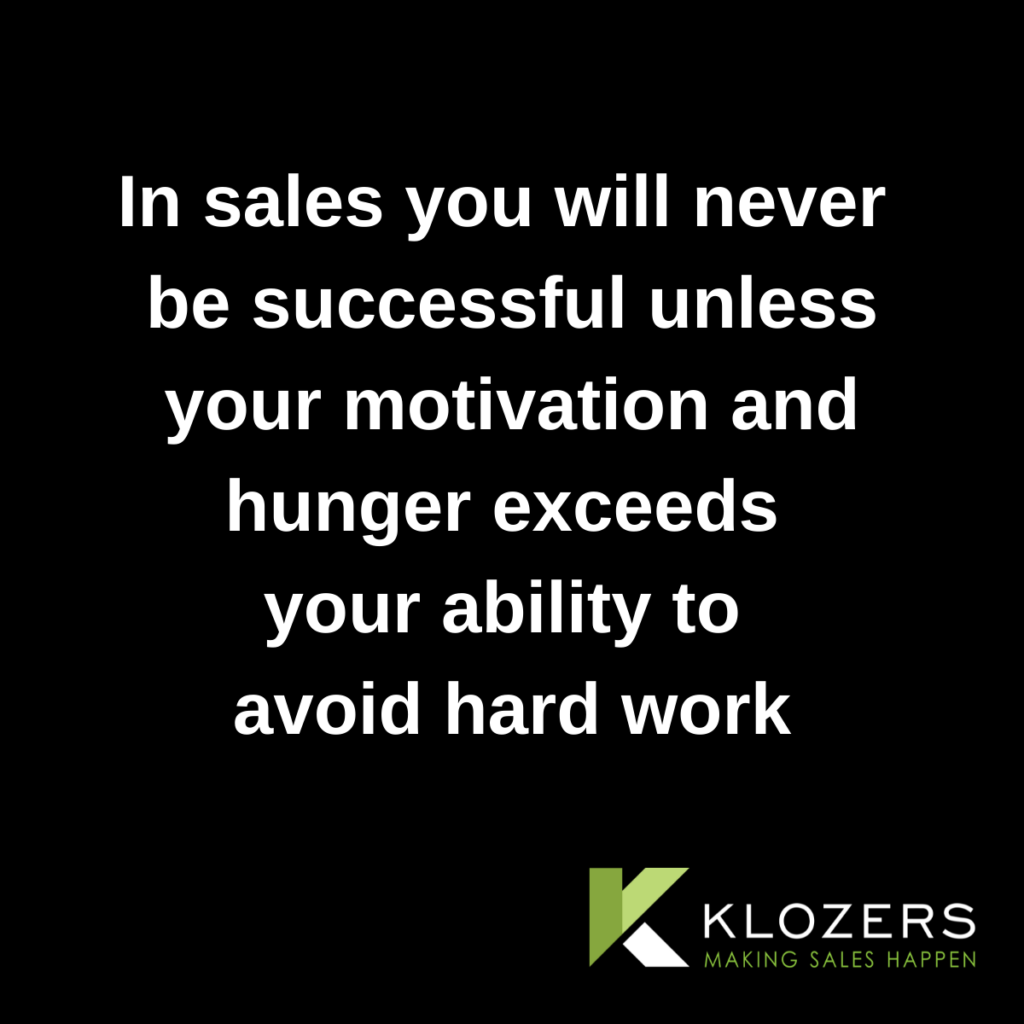
4. What makes a good Telesales Team?
* Preparation
When we think of cold calling, we might think of sales reps being in an endless rush, jumping from potential customer to potential customer without a thought. However, proper preparation is an important part of successful cold calling. In some instances, scripts can be a useful tool. If scripts are used then the sales rep should prepare and learn the script, so they can sound engaging on the phone, rather than robotic.
* Record Keeping
Keeping track of your progress as a cold caller is an important part of the cold calling process. It can be demoralising making call after call and getting making no progress, but if the company or sales person keeps an efficient log of call rates then this can motivate the sales reps. For example, if a cold calling sales team know they have a success rate of 1 in 50, and the sales person has made 15 calls without any success, they know that this can be a common occurrence and if they use their skills correctly a sale may be round the corner.
* Plan for the day ahead
Modern business is full of statistics, and every last detail can be logged somewhere. This can be useful in looking at the success rates of cold calling. Are there particular times of the day, days of the week, or parts of the month when telephone prospecting is more successful than others.
If clear patterns emerge then sales teams should double up their efforts to take advantage of the successful patterns. When cold calling is less successful then this time could be better spent on team training or meetings. It would be poor team planning if a weekly meeting was scheduled on the most successful time of the week!
If it takes you a couple of calls in the morning to full get into the swing of things, then you can always keep your best prospects back a couple of hours, or even keep them until the time/day when you know cold calls are more successful. You will however, need to work around the availability of the buyer.
* Follow Up
Following up with a cold call contact is vitally important. During the phone call you might think that the person isn’t interested, but even a short follow up email could bring them onto your side. The buyer may not have heard about your company before, and be sceptical of your business claims.
If they are provided with some material material and links to your website, they can corroborate your information themselves, which is a powerful tool. Emails which are sent after a cold call have a surprisingly high open rate.
* Practice makes permanent
If you want to be good at something you need to practice, practice and practice some more. It is thought that to become a cold calling expert you need to dedicate 10,000 hours to doing it.
You will need to guard against practice making bad habits permanent. It can be easy to rid ourselves or our sales teams of bad traits if they don’t do it too often or they have just started, but once they are embedded it can be much harder to get rid off.
Therefore, it is important that salespeople receive training prior to starting cold calling, and that regular sales training and review procedures are in place to avoid problems becoming permanent.
* Share ideas and experience across the team
Sales people are naturally competitive people, they will want to beat their colleagues in the number of sales or appointments secured. However, there is a lot to be said for teamwork. Debriefing at the end of the day can be used to refine sales pitches to what works and what doesn’t work. Sharing experiences both good cold calls and bad can also be reassuring to colleagues.
Cold calls don’t always go to plan, and it can be a good idea to expect the unexpected, and prepare as an individual or as a team for what response you should give in unexpected circumstances.
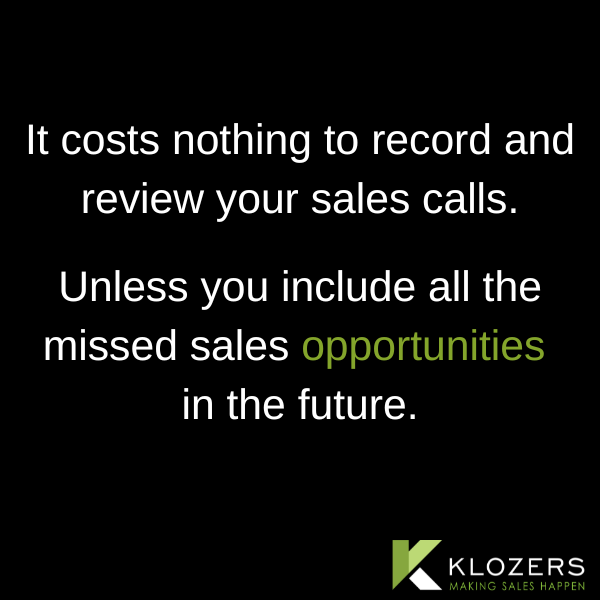
5. What makes cold calling so difficult?
As we said earlier cold calling is difficult, but don’t let that put you off making it an important part of your sales strategy. Modern buyers have become more adapt to fending of pushy salespeople, especially if it is via a cold call.
Cold calling has a low conversion rate, meaning that cold callers will need to make a significant number of calls to secure an appointment or order. It is thought the average conversion rate of securing an appointment via cold calls is between 1 – 3%.
Inevitably not everyone who agrees to an appointment will place an order, so its success can be low.
Securing a telephone number of a prospective client can be a difficult task in itself. Many major businesses do not advertise the relevant information, leaving salespeople to bounce between departments trying to find the right person.
6. Cold Calling Training Courses
Klozers offer specialist cold calling courses for any industry, which can help your sales team improve their cold calling skills and success rate. Courses are suitable for new salespeople and experienced salespeople who might need a refresher.
Sales Courses can be tailored to the needs of the attendees, so if there is an issues which is specific to a particular industry, it can be addressed in the training. Whilst not technically cold calling, our courses can also include how to convert incoming sales calls.
Cold calling training can include high paced boot camps which cram a lot of learning into one day. The fast-paced environment of a boot camp training session is well matched with the fast pace of cold calling.
As people learn through experience, many training sessions include live demonstrations of cold calling skills, and role play to improve learning outcomes.
Some companies limit the amount of participants from any one company attending a training session together. This ensures that the sessions aren’t dominated by the concerns of requirements of one single company. It also allows the sharing of ideas from different companies to benefit everyone.
Like many businesses cold calling providers have adapted their practices in response to the changing world of COVID-19. Online cold calling courses are now far more common than they would have been a few years ago. This can reduce the time and expense of travel.
Bespoke training packages are available, which includes ongoing 1-2-1 sales coaching, which can be useful to continuously motivate your sales team, keep their performance fresh and vibrant and ensure that bad habits don’t creep in.





